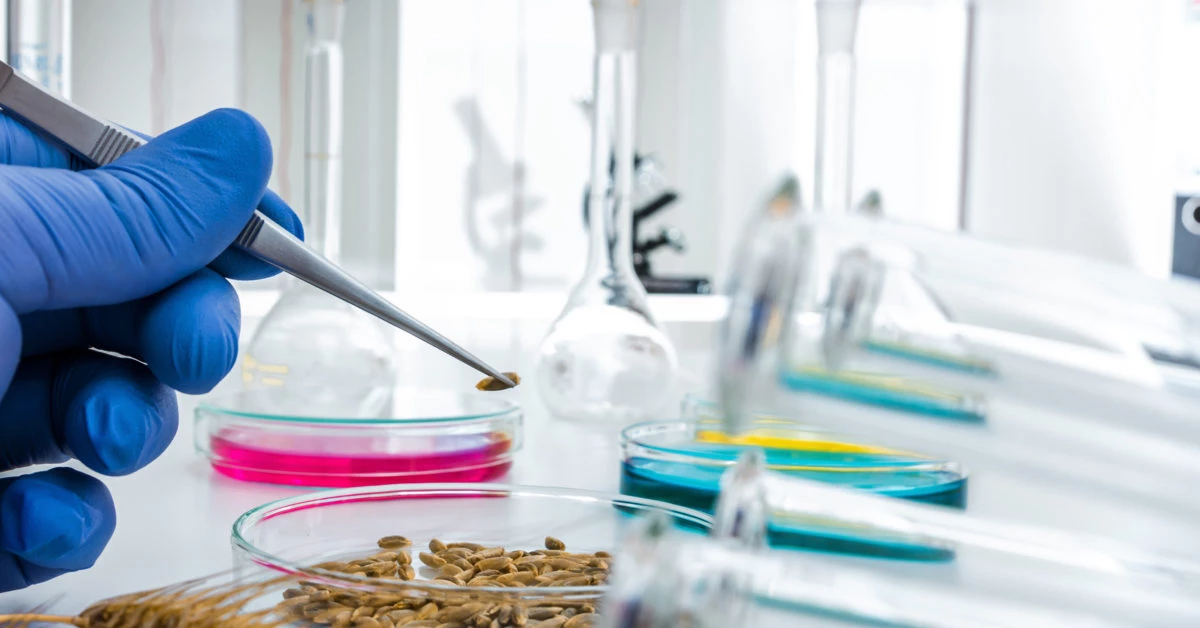Alternaria toxins are mycotoxins produced by Alternaria species that cause plant diseases on many crops.
They are the principal contaminating fungi in wheat, sorghum and barley, and have also been reported to occur in oilseeds such as sunflower and rapeseed, tomato, apples, citrus fruits, olives and several other fruits and vegetables.2 These fungi make part of the natural microbiological growth on pre - and post-harvest crops. Alternaria species can produce a variety of secondary metabolites, especially low molecular weight toxins. The most important that occur in food are: alternariol, alternariol monomethyl ether, altenuene, tentoxin and tenuazonic acid. In April 2022 the European Commission published the Commission Recommendation (EU) 2022/553 of 5 April 2022 on monitoring the presence of Alternaria toxins in food.1
Pay specific attention to the following extracts of the Recommendation (EU) 2022/553:
For the determination of alternariol and alternariol monomethyl ether, the LOQ should not be higher than 2 μg/kg in cereal-based foods for infants and young children and 4 μg/kg in other foods, and for the determination of tenuazonic acid, the LOQ should not be higher than 20 μg/kg in all foods. 2
Indicative level for alternariol, alternariol monomethyl ether and tenuazonic acid in certain foods, based on the available data in the EFSA database, above which investigations should be performed, on the factors leading to the presence of Alternaria toxins or on the effect of food processing (see Figure 1).
The indicative levels are not food safety levels.3

Neotron proposal
Neotron performs the analysis of Alternaria toxins by LC-MS/MS technique, permitting to detect the residues in compliance with Commission Recommendation (EU) 2022/553 of 5 April 2022.
For more information please contact us.
References:
- Commission Recommendation (EU) 2022/553 of 5 April 2022 on monitoring the presence of Alternaria toxins in food.
- Scientific Opinion on the risks for animal and public health related to the presence of Alternaria toxins in feed and
food, EFSA Panel on Contaminants in the Food Chain, EFSA Journal 2011; 9(10):2407. - Dietary exposure assessment to Alternaria toxins in the European population, EFSA Journal 2016; 14(12):4654.


